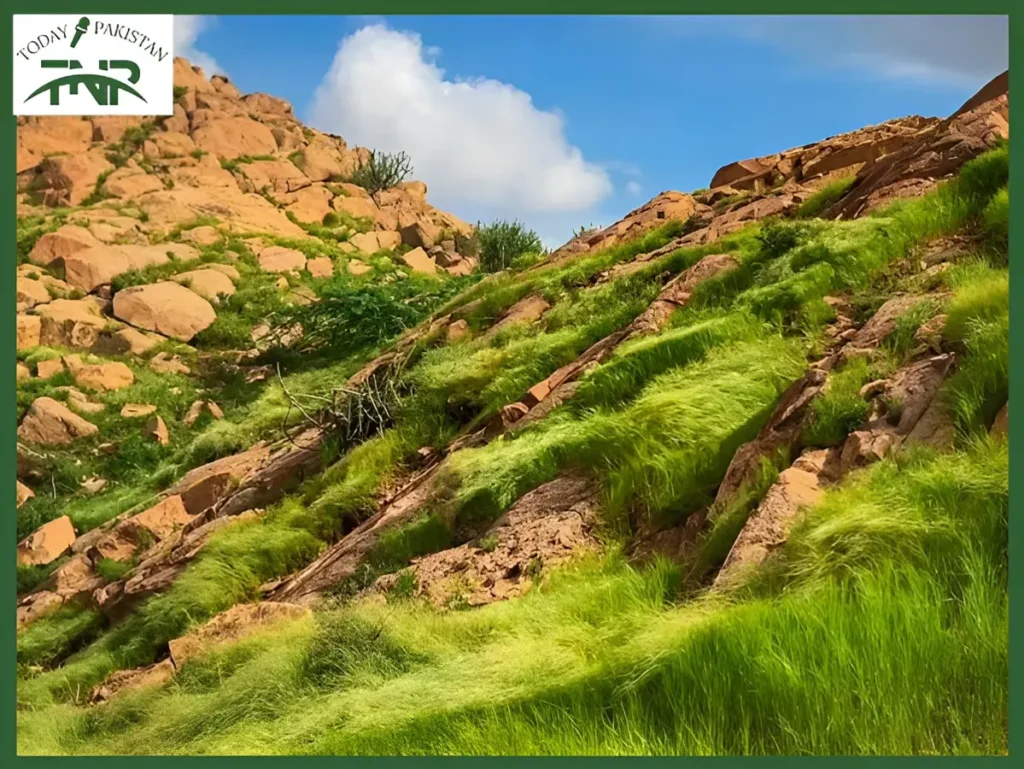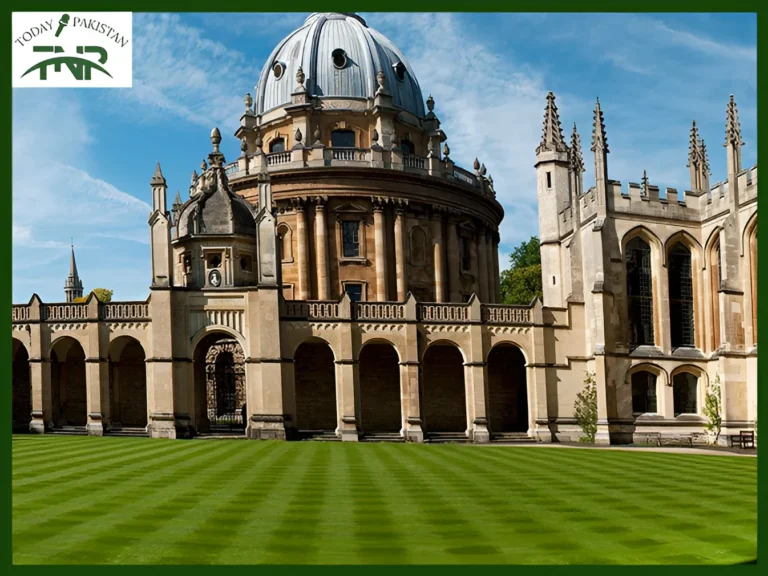
The decision to claim the entire Karoonjhar mountain range as a covered history site brings relief, but it also highlights the long-status warfare for maintaining one of Sindh’s maximum traditionally and culturally substantial landmarks. What does this ruling imply for the area’s future and how will it affect local groups?
In a landmark ruling, the Sindh High Court (SHC) has formally declared the complete Karoonjhar mountain range in Tharparkar a protected heritage site. This decision comes after years of discussion, court docket petitions, and public outcry concerning the renovation of the historic mountain range. For many, this ruling is an essential step in the direction of safeguarding the wealthy background and herbal splendor of the vicinity, however the fight has been long and full of challenges.
A Long-Awaited Victory for Preservation
For years, a portion of the Karoonjhar Mountains has been granted heritage popularity, with the provincial authorities protecting just 16% of the 21,000-acre range. This partial safety angered nearby communities and environmental advocates, who feared that leaving the majority of the mountain range unprotected might open the door for mining, excavation, and other environmentally unfavourable activities.
The controversy started on September 14, when the Sindh Cabinet declared that sections of the Karoonjhar Mountains might be safeguarded. This choice was met with resistance from citizens and activists, who argued that a fragmented technique to history protection may want to undermine the cultural and environmental importance of the complete variety. Under international law, heritage sites must be preserved in their entirety to hold their price and importance. By most effectively designating a fraction of the mountains as included, critics feared that the final areas could be exploited for industrial functions, jeopardizing the entire ecosystem.
Read More Blogs:-
5 Reasons Why Every Pet Owner in Pakistan Needs Pet Insurance
The Environmental Impact of Generative AI Technology
The Court’s Final Word for Sindh Mountain Range
This controversy culminated in a contempt petition filed by Advocate Shankar Lal, representing local citizens and activists. His petition challenged the government’s fragmented declaration, urging the court to guard the entire Karoonjhar range as a heritage site, in keeping with worldwide conservation standards.
On Monday, the Mirpurkhas Bench of the Sindh High Court introduced a decisive ruling, affirming that the whole mountain variety might now be a protected historical past site. The courtroom issued a stern warning that any violation of this order could bring about prison effects beneath Article 204 of the Constitution, which governs the contempt of court. This ruling has positioned an give up to the partial protection of the mountain range and hooked up a clean mandate for its preservation.
Cultural and Environmental Significance
The Karoonjhar Mountains are not simply a source of satisfaction for the people of Sindh however they also preserve massive cultural, historical, and environmental importance. The mountains have been revered by local communities for centuries and are home to particular flora and fauna and plant species that make a contribution to the place’s biodiversity.
Beyond their environmental price, the Karoonjhar Mountains also are related to the cultural historical past of the Tharparkar district. They feature in local folklore, religious practices, and ancient accounts, making them a vital part of the vicinity’s identity. Protecting those mountains means preserving a living history that has been passed down through generations.
What Does This Ruling Mean for the Future?
The Sindh High Court’s ruling to declare the complete Karoonjhar range a heritage site is an enormous victory for local communities and environmentalists. However, it additionally gives challenges. The provincial government will now need to make certain that the mountain variety is nicely protected from illegal mining, deforestation, and different activities that could harm its surroundings. Strict enforcement of this ruling is critical to making sure that the mountains remain untouched by commercial interests.
For the local communities, this ruling provides an experience of safety, understanding that their cultural and herbal heritage could be preserved for future generations. It also offers capacity possibilities for eco-tourism that may deliver sustainable financial advantages to the region without harming the environment.
Conclusion
The announcement of the Karoonjhar Mountains as a protected heritage site is a protracted-awaited victory for preservationists and local communities. It underscores the significance of shielding no longer simply sections, but complete ecosystems and cultural landmarks. While the ruling marks an enormous step forward, ongoing vigilance and enforcement could be key to making sure that this historic mountain range remains safeguarded towards future threats.
Get Curated Post Updates!
Sign up for my newsletter to see new photos, tips, and blog posts.






